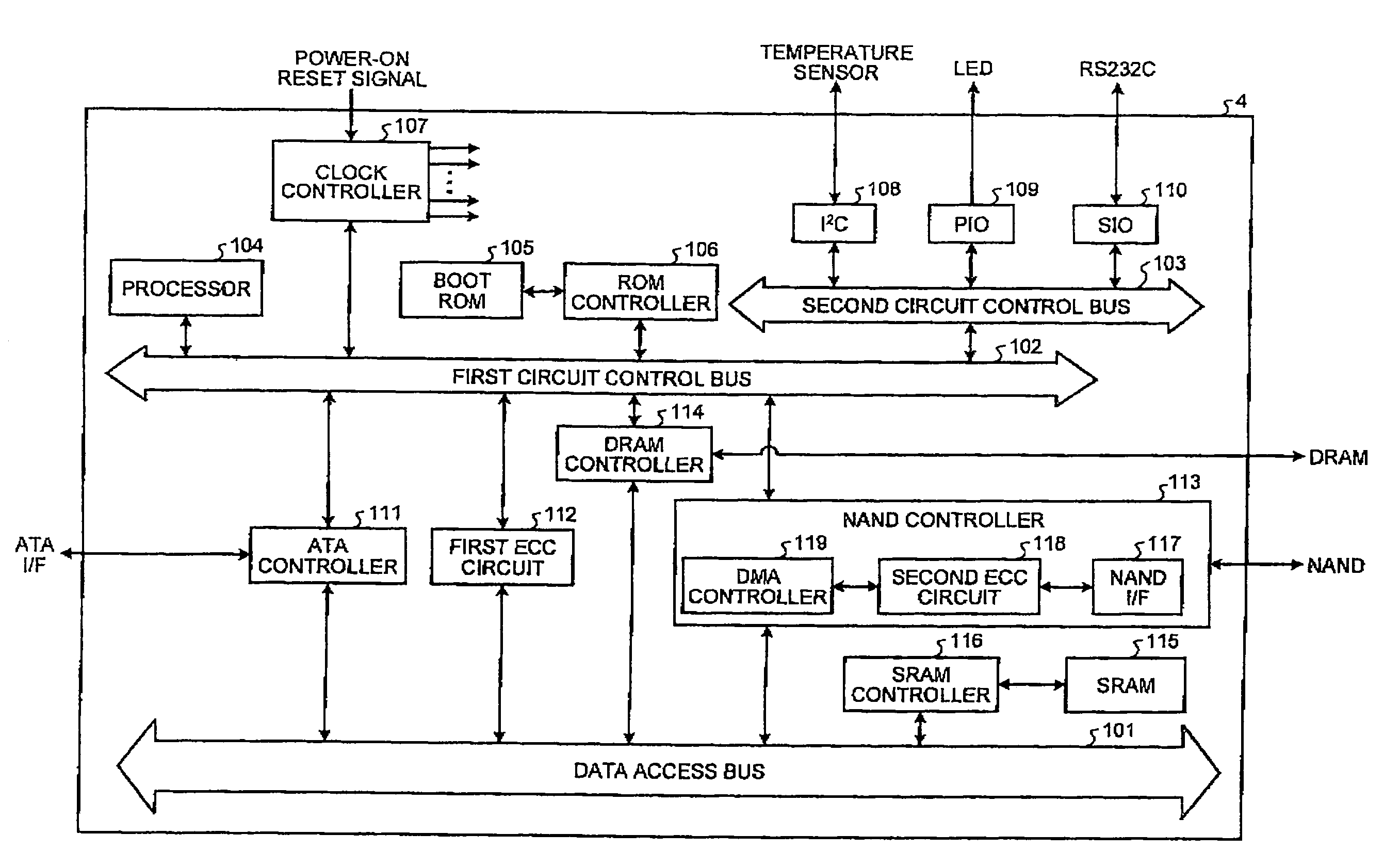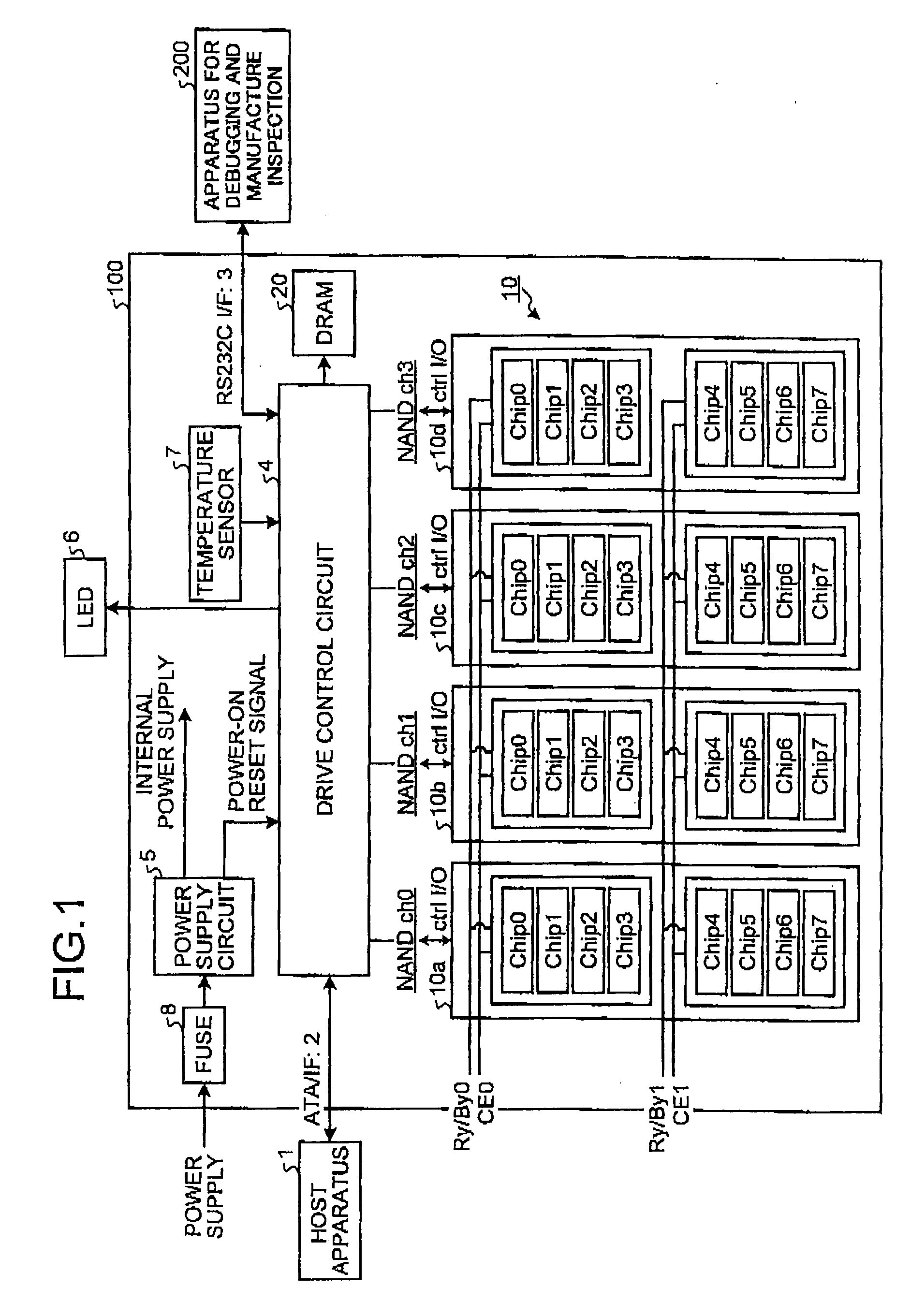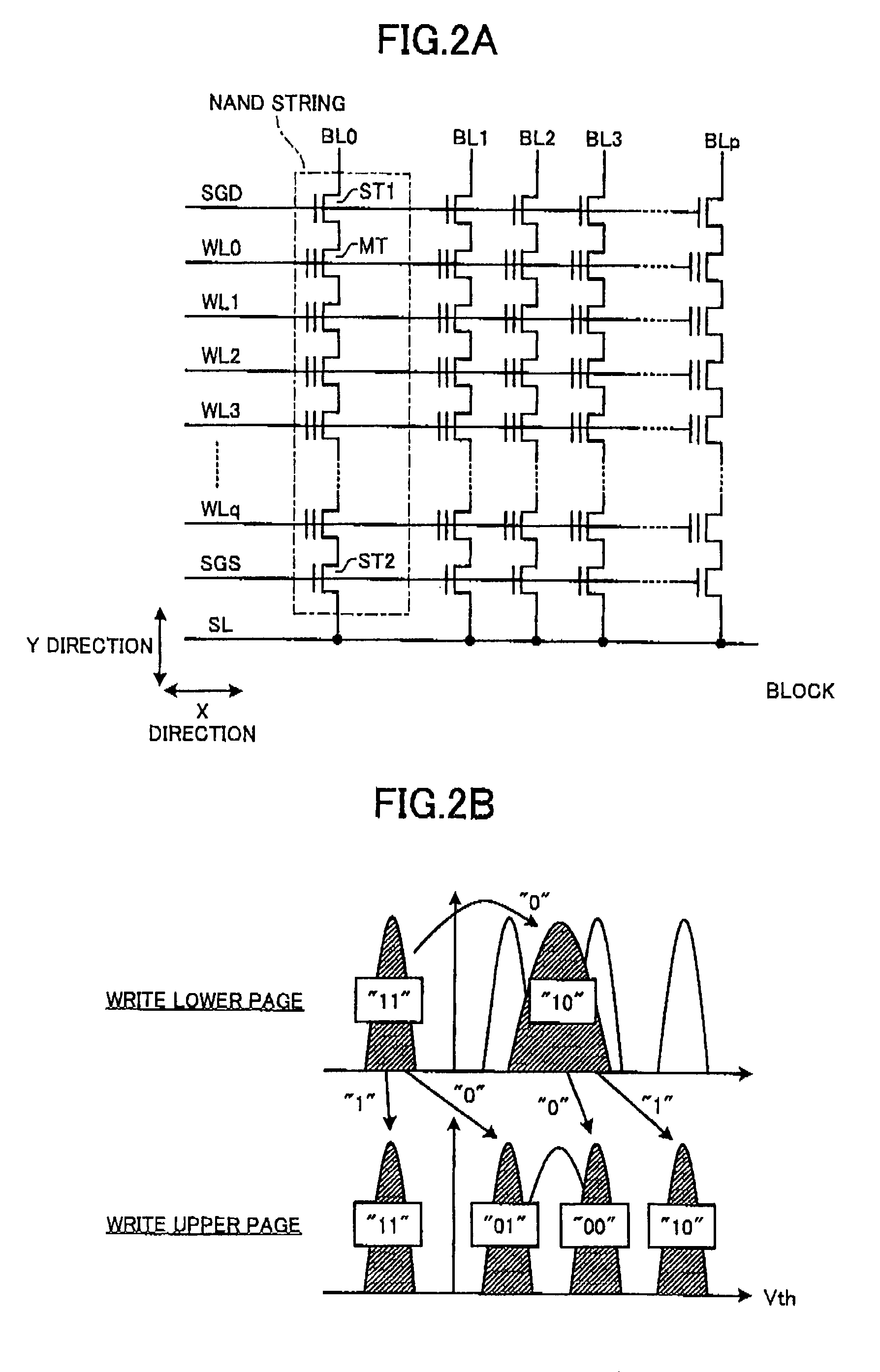Memory system
a memory system and memory technology, applied in the field of memory systems, can solve the problems of increasing the size of management tables, the inability to perform address translation at high speed, and the inability to fit in the main memory of the controller of the secondary storage device, so as to shorten the compaction processing time
- Summary
- Abstract
- Description
- Claims
- Application Information
AI Technical Summary
Benefits of technology
Problems solved by technology
Method used
Image
Examples
embodiments
[0057]Embodiments of the present invention are explained below with reference to the drawings. In the following explanation, components having the same functions and configurations are denoted by the same reference numerals and signs. Redundant explanation of the components is performed only when necessary.
[0058]First, terms used in this specification are defined.
[0059]Physical page: A unit that can be collectively written and read out in a NAND memory chip. A physical page size is, for example, 4 kB. However, a redundant bit such as an error correction code added to main data (user data, etc.) in an SSD is not included. Usually, 4 kB+redundant bit (e.g., several 10 B) is a unit simultaneously written in a memory cell. However, for convenience of explanation, the physical page is defined as explained above.
[0060]Logical page: A writing and readout unit set in the SSD. The logical page is associated with one or more physical pages. A logical page size is, for example, 4 kB in an 8-bi...
first embodiment
[0074]FIG. 1 is a block diagram of a configuration example of an SSD (Solid State Drive) 100. The SSD 100 is connected to a host apparatus 1 such as a personal computer or a CPU core via a memory connection interface such as an ATA interface (ATA I / F) 2 and functions as an external storage of the host apparatus 1. The SSD 100 can transmit data to and receive data from an apparatus for debugging and manufacture inspection 200 via a communication interface 3 such as an RS232C interface (RS232C I / F). The SSD 100 includes a NAND-type flash memory (hereinafter abbreviated as NAND memory) 10 as a nonvolatile semiconductor memory, a drive control circuit 4 as a controller, a DRAM 20 as a volatile semiconductor memory, a power supply circuit 5, an LED for state display 6, a temperature sensor 7 that detects the temperature in a drive, and a fuse 8.
[0075]The power supply circuit 5 generates a plurality of different internal DC power supply voltages from external DC power supplied from a powe...
second embodiment
[0363]FIG. 22 shows a perspective view of an example of a personal computer. A personal computer 1200 includes a main body 1201 and a display unit 1202. The display unit 1202 includes a display housing 1203 and a display device 1204 accommodated in the display housing 1203.
[0364]The main body 1201 includes a chassis 1205, a keyboard 1206, and a touch pad 1207 as a pointing device. The chassis 1205 includes a main circuit board, an ODD unit (Optical Disk Device), a card slot, and the SSD 1100 described in the first embodiment.
[0365]The card slot is provided so as to be adjacent to the peripheral wall of the chassis 1205. The peripheral wall has an opening 1208 facing the card slot. A user can insert and remove an additional device into and from the card slot from outside the chassis 1205 through the opening 1208.
[0366]The SSD 1100 may be used instead of the prior art HDD in the state of being mounted in the personal computer 1200 or may be used as an additional device in the state of...
PUM
 Login to View More
Login to View More Abstract
Description
Claims
Application Information
 Login to View More
Login to View More - R&D
- Intellectual Property
- Life Sciences
- Materials
- Tech Scout
- Unparalleled Data Quality
- Higher Quality Content
- 60% Fewer Hallucinations
Browse by: Latest US Patents, China's latest patents, Technical Efficacy Thesaurus, Application Domain, Technology Topic, Popular Technical Reports.
© 2025 PatSnap. All rights reserved.Legal|Privacy policy|Modern Slavery Act Transparency Statement|Sitemap|About US| Contact US: help@patsnap.com



